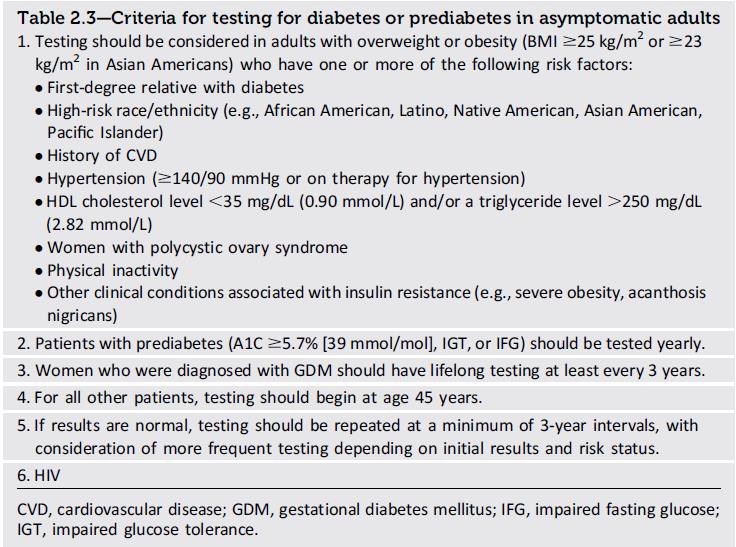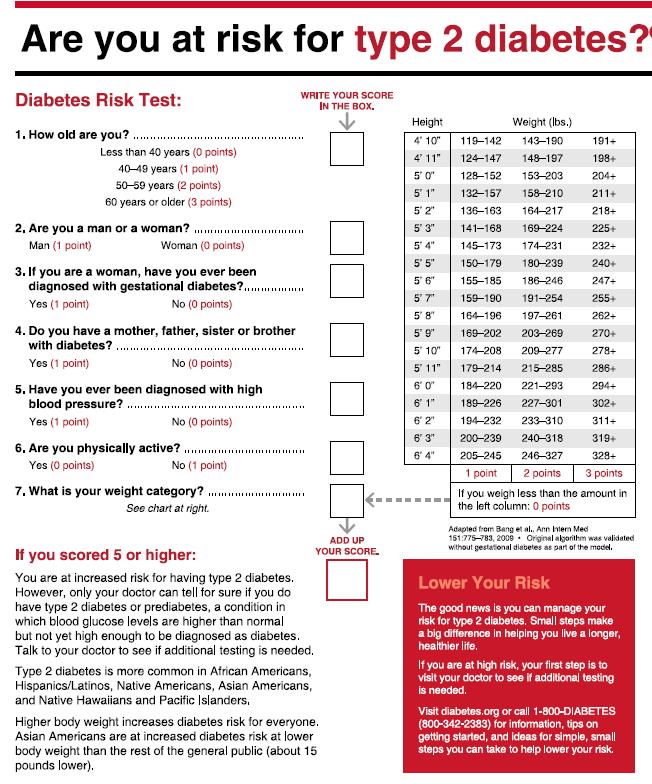
According to the World Health Organization (WHO) report, India today heads the world in diabetic patients and this number is projected to increase to 79.4 million by the year 2030.[1] Recent surveys indicate that diabetes now affects a staggering 10-16% of urban population and (5-8%) of rural population in India.[2] This has been tilted to the right by COVID pandemic.
Only 50.8% of the urban population knew about a condition called diabetes. Therefore, there is a need to improve the knowledge and awareness about diabetes in the rural as well as in urban areas. Knowledge about complications of diabetes was only 26.8% in non-diabetics and whereas 74.2% of diabetics were aware of the complications. Even community health workers did not have the requisite knowledge, attitude, and beliefs to make a positive impact on prevention and management of diabetes.[3] Though all patients with diabetes were under regular medication , only 54.8% of them exercised regularly; 87.1% of diabetics used footwear regularly. Monitoring of blood sugar was very poor (38.7%). Only (9.7%) of the patients visited doctors on a regular basis. .[4]
On World Diabetes Day, 14th November we intend to highlight the following:
- Cardiovascular disease (CVD) may cause fatal complications such as coronary heart disease and stroke. People with diabetes are 2-4 times more likely to develop CVD than people without diabetes, and people with diabetes and high blood pressure are twice as likely to suffer a stroke as people with high blood pressure alone.
- Diabetic retinopathy may lead to vision loss. The incidence of blindness is 25 times higher in people with diabetes than in the general population. It is estimated that approximately 10% of all people who have had diabetes for 15 years develop severe visual impairment.
- Diabetic nephropathy may result in total kidney failure and the need for dialysis or kidney transplant. Diabetes is the leading cause of kidney failure in the developed world and accounts for approximately 35–40% of new cases of end-stage renal disease (ESRD) each year.
- Diabetic neuropathy means damage to the nerve fibres, primarily affecting the legs and feet. Foot ulcers are common symptoms. Infections in these wounds may ultimately result in amputation of the foot and lower leg. People with diabetes are 25 times more likely to lose a leg than people without the condition.
Diabetic Complications are Costly
Complications are responsible for most of the costs of diabetes. Hospital in-patient costs for the treatment of complications are the largest single contributor to direct healthcare costs. For instance, renal failure is extremely expensive if people end up on chronic renal dialysis or with a renal transplant. Many of these complications are preventable and, therefore, the associated costs are avoidable. Intensive therapy directed at the control of blood glucose, blood pressure, blood lipids, etc. has been shown to be cost-effective. Even if initial costs are increased, they are decreased in the long term as a result of delayed or prevented complications.
Being proactive every day, keeps diabetes at bay

Criteria for testing for diabetes or prediabetes in asymptomatic adults

Are you at risk for Diabetes – check out this test

Let’s take control of diabetes now, Know Diabetes, Fight Diabetes

References
- Mohan D, et al. Awareness and knowledge of diabetes in Chennai – The Chennai Urban rural Epidemiology study. J Assoc Physicians India. 2005;53:283–7.
- Wild S, Roglic G, Green A, Sicree R, King H. Global prevalence of diabetes: Estimates for the year 2000 and projections for 2030. Diabetes Care. 2004;27:1047–53.
- Hughes GD, Puoane T, Bradley H. Ability to manage diabetes-community health workers knowledge, attitudes and beliefs. JEMDSA. 2006;11:10–4.
- Muninarayana C, Balachandra G, Hiremath SG, Iyengar K, Anil NS. Prevalence and awareness regarding diabetes mellitus in rural Tamaka, Kolar. Int J Diabetes Dev Ctries. 2010;30(1):18-21.
- Diabetes Care 2021;44(Suppl. 1):S15–S33 | https://doi.org/10.2337/dc21-S002



